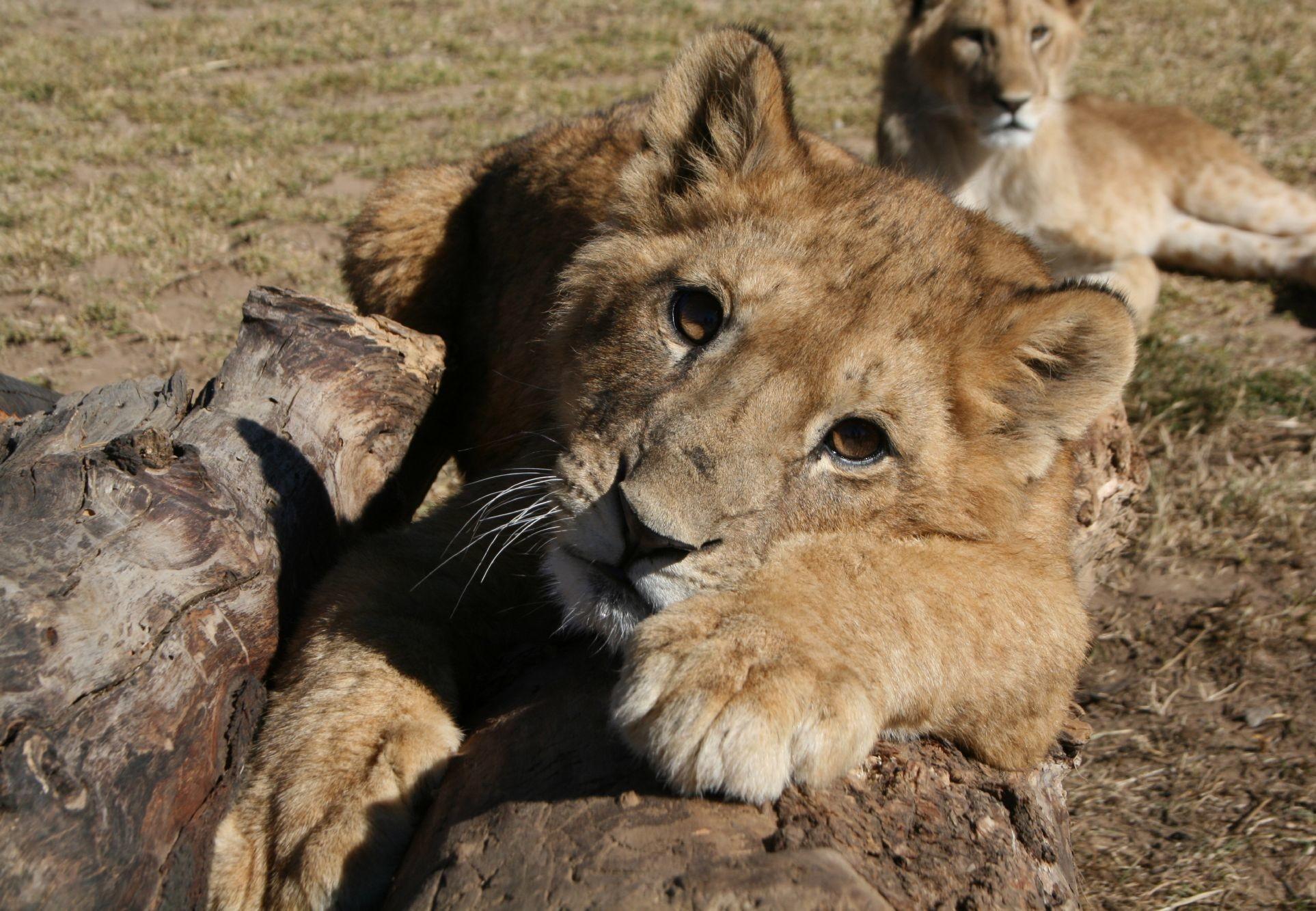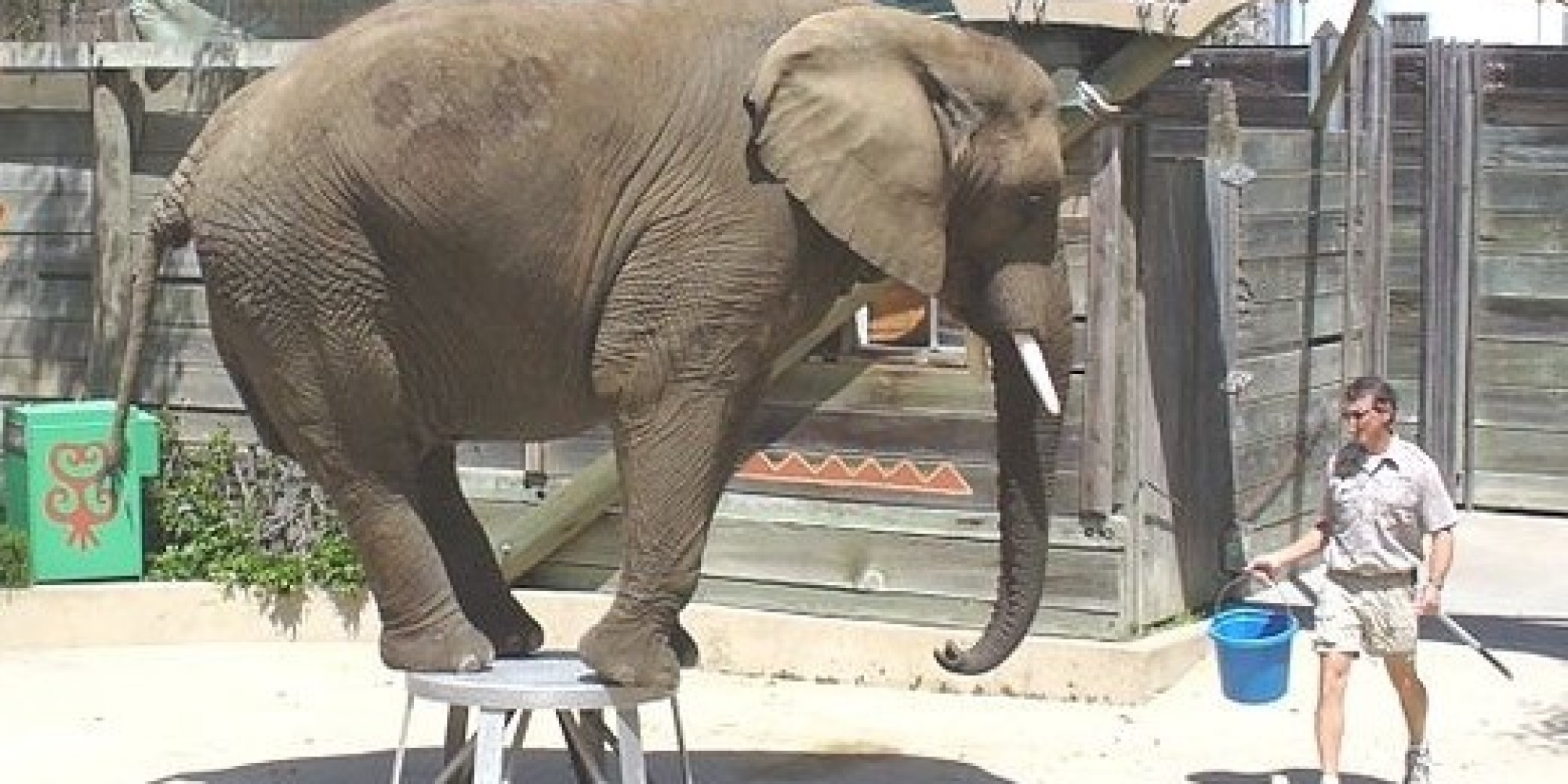Your Living conditions of animals in zoos images are ready in this website. Living conditions of animals in zoos are a topic that is being searched for and liked by netizens today. You can Find and Download the Living conditions of animals in zoos files here. Download all free photos.
If you’re searching for living conditions of animals in zoos images information linked to the living conditions of animals in zoos topic, you have pay a visit to the ideal site. Our website frequently provides you with suggestions for refferencing the maximum quality video and picture content, please kindly surf and locate more informative video content and graphics that match your interests.
Living Conditions Of Animals In Zoos. The animal does not have to search or kill for food, water, or shelter since it is already provided by zookeepers. Since the animal has everything it needs, it will not be stressed about surviving. This ethical discourse specifically deals with dilemmas encountered within zoological institutions, namely for the concept of natural living, and a new term—wilding. 154 frequent examples of stereotypies include pacing, chewing on the edges of tanks or enclosures, regurgitating food (with no identifiable.
 Animals imprisoned in department store �zoo� suffer cruel From mirror.co.uk
Animals imprisoned in department store �zoo� suffer cruel From mirror.co.uk
Zoos are unethical because they are dangerous for animals. Predators born in zoos are likely to die if released. Zoos have inadequate living conditions. The dietary and physical activity requirements of each animal are taken under careful consideration, including the design of their enclosure. Their living conditions are artificial and many zoo animals are mentally deranged (more below). Animals are living longer in captivity than in the wild, which is important as habitats are diminished and extinction is a threat.
The animal does not have to search or kill for food, water, or shelter since it is already provided by zookeepers.
Natural living is a complicated. This blog is all about the unhealthy effects on the health of animals caused by the deleterious practices of zoos. A typical animal eats half the day—a full 12 out of every 24 hours—and relieves itself dozens of times a day. In captivity, animals are provided with shelter and ample food. Animal equality has observed animals living in squalid environments among their own feces in a state of anxiety. There are still zoos that use concrete slabs to keep the animals in, which can be much different than the raw earth that they are used to.
 Source: thedodo.com
Source: thedodo.com
Zoos can raise awareness on global problems: Zoos have inadequate living conditions. Removed from their natural habitats and social structures, they are confined to small, restrictive environments that deprive them of mental and physical stimulation. Staff may have insufficient knowledge Though people have kept wild animals for thousands of years, those collections have not always resembled modern zoos.
 Source: travellushes.com
Source: travellushes.com
Especially nice if you have kids: Especially nice if you have kids: Most animals in zoos still live in small enclosures and cages. Some of the animals may receive brutal and cruel treatment. Natural living is a complicated.
 Source: scoopwhoop.com
Source: scoopwhoop.com
The dietary and physical activity requirements of each animal are taken under careful consideration, including the design of their enclosure. Animals living in a zoo have the probability to experience stressful situations since it is not their natural home. Since the animal has everything it needs, it will not be stressed about surviving. Zoos do not provide natural living conditions: A typical animal eats half the day—a full 12 out of every 24 hours—and relieves itself dozens of times a day.
![Ukrainian Living with Lions [PHOTOS] Ukrainian Living with Lions [PHOTOS]](http://s1.ibtimes.com/sites/www.ibtimes.com/files/styles/embed/public/2012/10/04/2011/08/04/143043-zoo-owner-pylyshenko-sits-inside-a-cage-with-female-african-lion-katya.jpg) Source: ibtimes.com
Source: ibtimes.com
Animals are living longer in captivity than in the wild, which is important as habitats are diminished and extinction is a threat. Predators born in zoos are likely to die if released. Birds may get no opportunity to fly. It is agreed by some that zoos are not ethically wrong in principle, but there are currently some contradictions and ethical concerns for zoos in practice. Some of the animals may receive brutal and cruel treatment.
 Source: mirror.co.uk
Source: mirror.co.uk
With a small number of exceptions, singleton said zoos leave many animals without access to fresh clean water or shade on a daily basis, allow visitors to feed the animals snacks, and have little. While many zoos provide them with a lot of room, it is not as much as they would have in the wild. This blog is all about the unhealthy effects on the health of animals caused by the deleterious practices of zoos. In fact, living in a zoo may be less stressful than living in the wild. The animal does not have to search or kill for food, water, or shelter since it is already provided by zookeepers.
 Source: tranquilmonkey.com
Source: tranquilmonkey.com
In zoos, many animals are taken from their families and sent to other zoos, or killed when their group size exceeds the space allotted to them. However, all the wild animals in zoos live lives of compromise: In zoos, many animals are taken from their families and sent to other zoos, or killed when their group size exceeds the space allotted to them. Animals born in zoos may most probably never have the chance to exist in their natural environment and lead a normal life on their own. Animals living in a zoo have the probability to experience stressful situations since it is not their natural home.
 Source: four-paws.org.za
Source: four-paws.org.za
They love to roam around and find their prey because it’s in their instinct. Staff may have insufficient knowledge The dietary and physical activity requirements of each animal are taken under careful consideration, including the design of their enclosure. Though people have kept wild animals for thousands of years, those collections have not always resembled modern zoos. Living in zoos the life of animals should animals be kept in zoos opinion essay.
 Source: huffingtonpost.com
Source: huffingtonpost.com
A typical animal eats half the day—a full 12 out of every 24 hours—and relieves itself dozens of times a day. Zoos can raise awareness on global problems: A typical animal eats half the day—a full 12 out of every 24 hours—and relieves itself dozens of times a day. This ethical discourse specifically deals with dilemmas encountered within zoological institutions, namely for the concept of natural living, and a new term—wilding. Zoos are unethical because they are dangerous for animals.
This site is an open community for users to do sharing their favorite wallpapers on the internet, all images or pictures in this website are for personal wallpaper use only, it is stricly prohibited to use this wallpaper for commercial purposes, if you are the author and find this image is shared without your permission, please kindly raise a DMCA report to Us.
If you find this site convienient, please support us by sharing this posts to your preference social media accounts like Facebook, Instagram and so on or you can also save this blog page with the title living conditions of animals in zoos by using Ctrl + D for devices a laptop with a Windows operating system or Command + D for laptops with an Apple operating system. If you use a smartphone, you can also use the drawer menu of the browser you are using. Whether it’s a Windows, Mac, iOS or Android operating system, you will still be able to bookmark this website.





